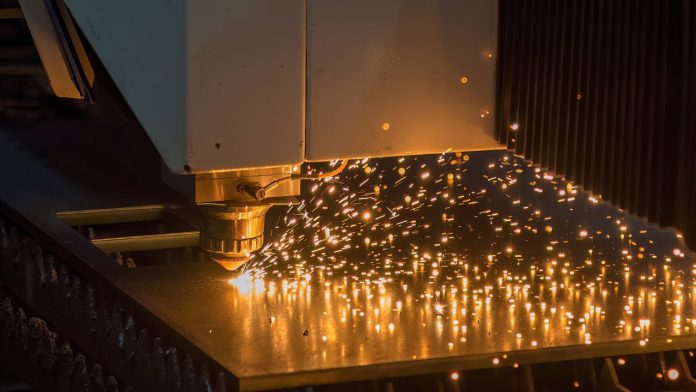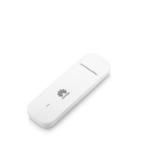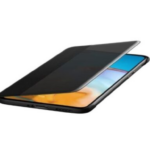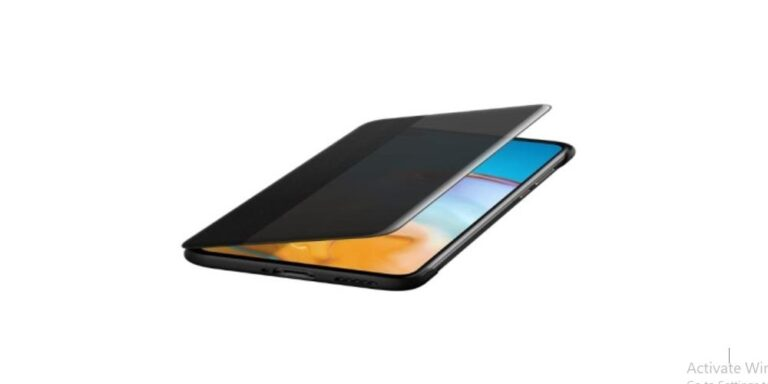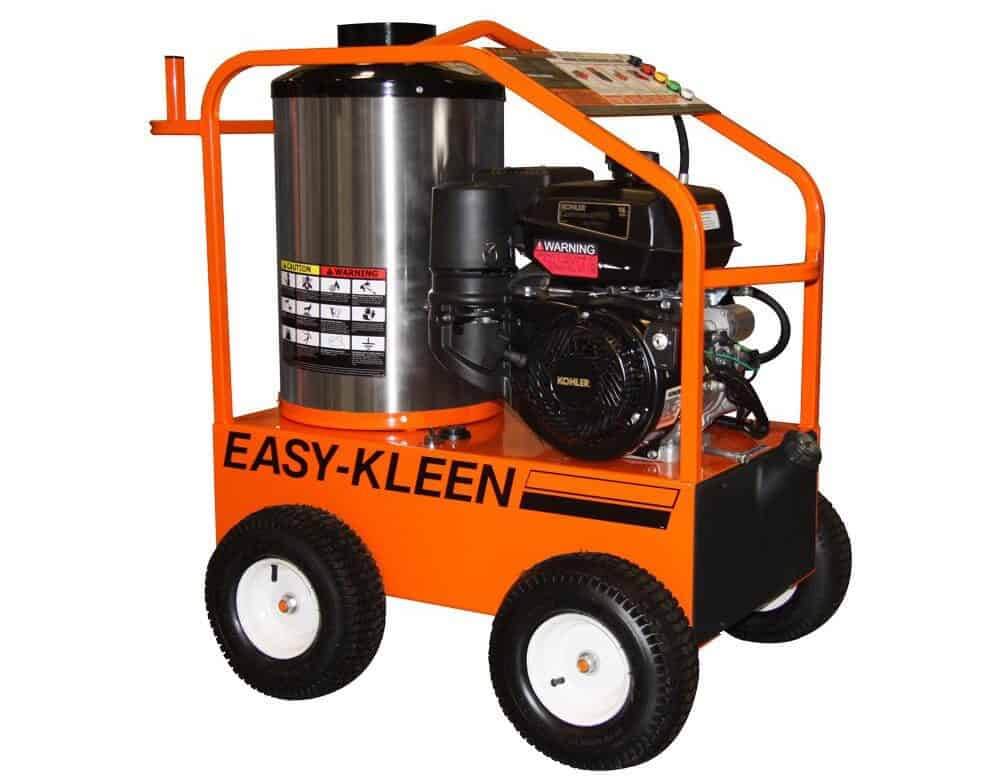In today’s ever-changing technological environment, the combination of digital graphics and sophisticated engraving technology is revolutionizing several fields. This integration is not only improving the standards and accuracy of the products but also opening up new horizons of creativity. Thus, using the advantages of both digital and engraving technologies, it is possible to reach a higher level of performance that is necessary for meeting the contemporary requirements for individuality and quality.
Customization and Personalization
The combination of digital graphics and engraving technology increases the capacity for customization and personalization by a great deal. The rotogravure printing cylinder helps produce customized prints. Digital graphics enable designs to be made to people’s specific standards, and engraving technology converts these designs into physical objects. This capability is especially useful in industries that deal with jewelry, awards, and promotional products, where people like to have customized products. Consumers can now get what can be described as products that are in line with their preferred tastes and preferences.
Enhanced Precision and Detail
The ability to incorporate digital graphics into sophisticated engraving technology is one of the advantages that results in higher-quality of the final product. Digital graphics offer detail in the design and image resolution which advanced engraving machines can replicate in detail from the blueprint. This combination allows for the accurate execution of even intricate designs, which are then manifested into tangible products with clear, sharp, and aesthetic appearance.
Improved Efficiency and Productivity
Integration of digital graphics also improves the efficiency and productivity in the manufacturing processes of engraving technology. Digital graphics can be easily edited and modified and the designs that are created can easily be incorporated into the engraving process. This cuts the time and cost that would be needed in the conventional techniques that involve physical tuning and calibration. In addition, there are automated engraving machines that have digital controls to enhance productivity since many pieces can be engraved in a short period.
Consistency and Quality Control
Repetition and standardization are two important factors that should be followed in any production line. The combination of digital graphics with engraving technology helps in achieving standardization in the end products. Digital designs ensure that there is a standard form that is followed by the enhanced engraving machines hence minimizing on chances of making mistakes. This level of precision is especially critical for industries that need to have consistent quality and reliability, including electronics and other premium products.
Expanding Creative Possibilities
The combination of digital graphics and engraving creates new possibilities in the field of art and design. Digital graphics are a very versatile media that has many design possibilities and visual effects that one can choose or try out. Thus, engraving technology which can work with different materials and surfaces helps designers implement such creative ideas. Both of these factors allow for the production of new and distinctive products that grab the attention of consumers and spark their interest.
Conclusion
In conclusion, the advantages of merging digital graphics with sophisticated engraving techniques are quite versatile, as they affect accuracy, personalization, speed, uniformity, and imagination. In this regard, this integration is a great asset as industries look for ways to improve product quality and meet customers’ needs. Through integration of the two technologies, organizations can gain the best results in a competitive market.


